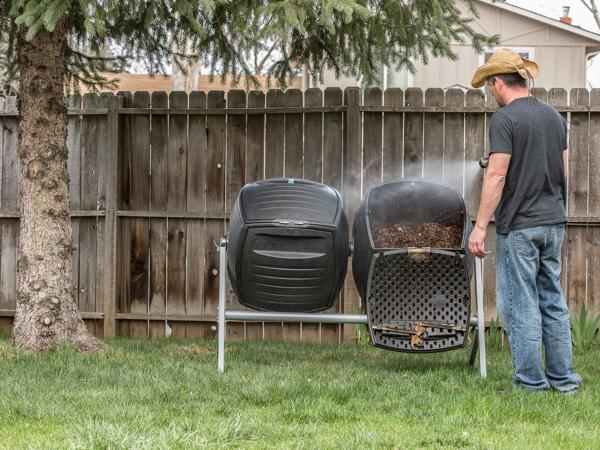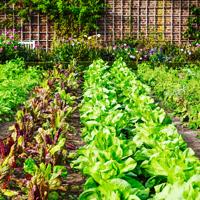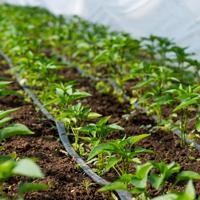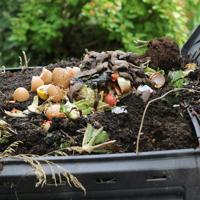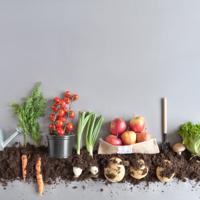Welcome to a humble exploration of permaculture gardening, a philosophy that harmonizes natural ecosystems with human activity. As we embark on this journey, we aim to shed light on how such a method can inspire a more sustainable relationship with our environment.
Permaculture, a term rooted in “permanent agriculture” and “permanent culture,” is a design philosophy developed by Bill Mollison and David Holmgren during the 1970s. It encourages working with, rather than against, nature. This approach can offer us a practical and mindful way to harness natural processes for gardening and lifestyle choices.
Core Principles of Permaculture
Permaculture hinges on certain principles that guide its practitioners towards sustainability. Here, we touch upon a few of these guiding tenets:
-
Observe and Interact: In permaculture, observation is key. By closely monitoring natural systems, we can create solutions derived from how ecosystems self-regulate. For instance, before planting a new crop, observing sunlight patterns and rainfall can influence where and what to plant.
-
Capture and Store Energy: An illustrative effort here can be saving rainwater. By installing barrels to collect runoff, gardens harness water energy sustainably, reducing dependency on external resources.
-
Obtain a Yield: It’s valuable to ensure that our efforts provide tangible benefits. A permaculture garden might produce food, fiber, or medicinal plants, contributing to the gardener’s sustenance.
-
Apply Self-Regulation and Accept Feedback: Being open to feedback – whether from nature or community input – allows continuous improvement. If certain plants aren’t thriving, reconsidering the conditions and making adjustments without resistance can be helpful.
-
Use and Value Renewables: Implementing solar-powered lights in the garden can decrease reliance on non-renewable energy sources, integrating a sustainable practice.
Essential Techniques in Permaculture
Companion Planting
Companion planting involves growing certain plants together for mutual benefit. For example, planting basil alongside tomatoes not only saves space but may repel harmful insects and improve produce flavor.
Food Forests
A food forest mimics a natural ecosystem, with trees, shrubs, and ground cover plants layered together. Each layer fulfills a role, akin to an ecosystem. A perennial garden featuring fruit trees, berry bushes, and herbaceous plants can provide sustenance while enriching the soil.
Mulching and Composting
Mulching covers soil with organic materials to retain moisture, reduce weeds, and enrich the soil as it breaks down. Similarly, composting transforms kitchen scraps into nutrient-rich soil additives, closing the loop on waste in a home garden setting.
Water Management
Techniques such as building swales or creating rain gardens can help manage water efficiently. These methods allow water to infiltrate and slowly release into gardens, supporting plant health without excess irrigation.
Inspiring Examples
- The Greening the Desert Project in Jordan showcases permaculture in action, transforming arid land into fertile ground using water-conservation techniques and appropriate plant choices.
- Cold Climate Permaculture sites in urban areas demonstrate the adaptability of permaculture to various environments, showing how low-maintenance gardens can thrive even amid harsh weather conditions.
A Personal Perspective
My own step into permaculture gardening began with small, intentional choices. Planting native wildflowers in a section of my yard transformed it into a haven for pollinators. This introduced me to the delight of observing natural systems regain balance and interconnectivity.
In essence, permaculture is an evolving practice. It’s not about crafting perfect gardens but about joyful experimentation and learning alongside the natural world. Each planting season provides an opportunity to grow, not just plants but our appreciation for the planet.
Further Reading and Resources
If you’re curious to delve deeper, several resources offer insights into permaculture’s intricacies:
- Permaculture: A Designers’ Manual by Bill Mollison
- Gaia’s Garden: A Guide to Home-Scale Permaculture by Toby Hemenway
- Online forums and local permaculture groups provide rich communal knowledge and idea sharing.
As you explore the principles and practices of permaculture, may you find inspiration in the little wonders of nature and joy in each effort toward sustainable gardening.
